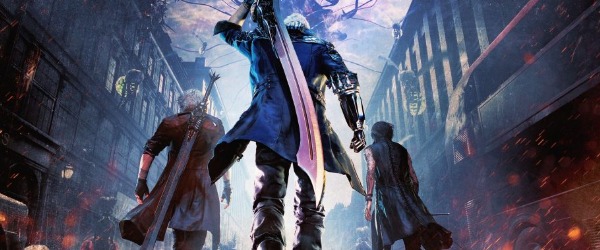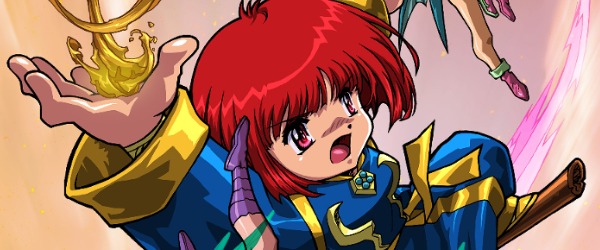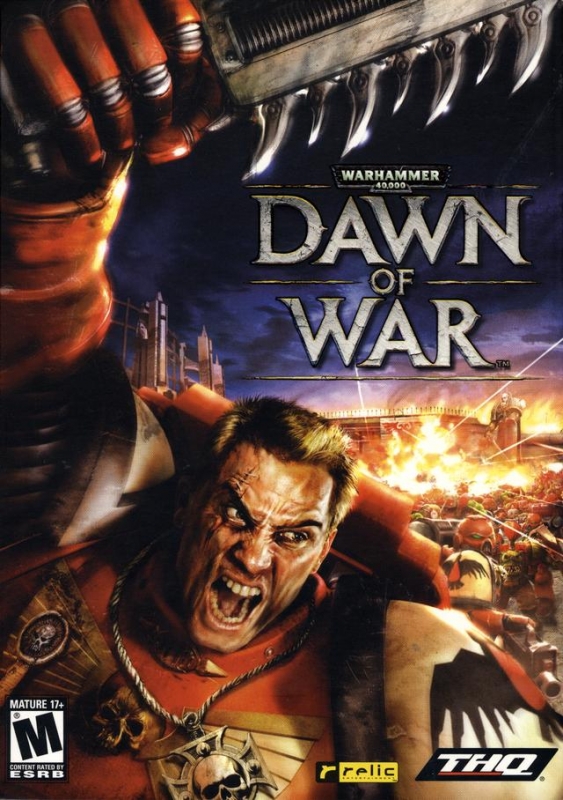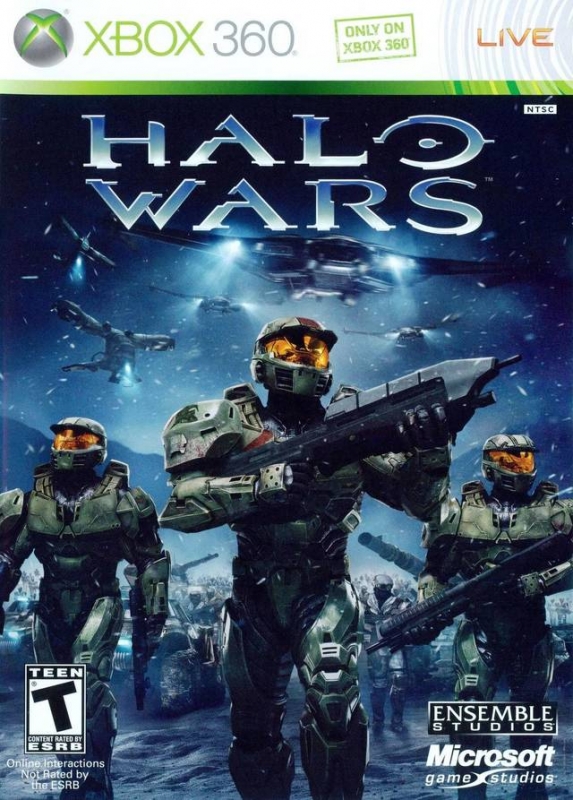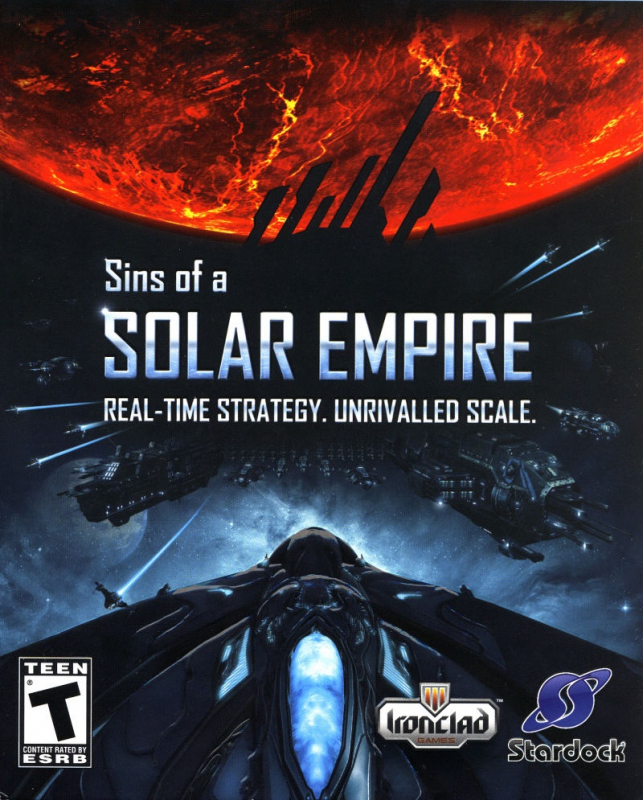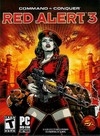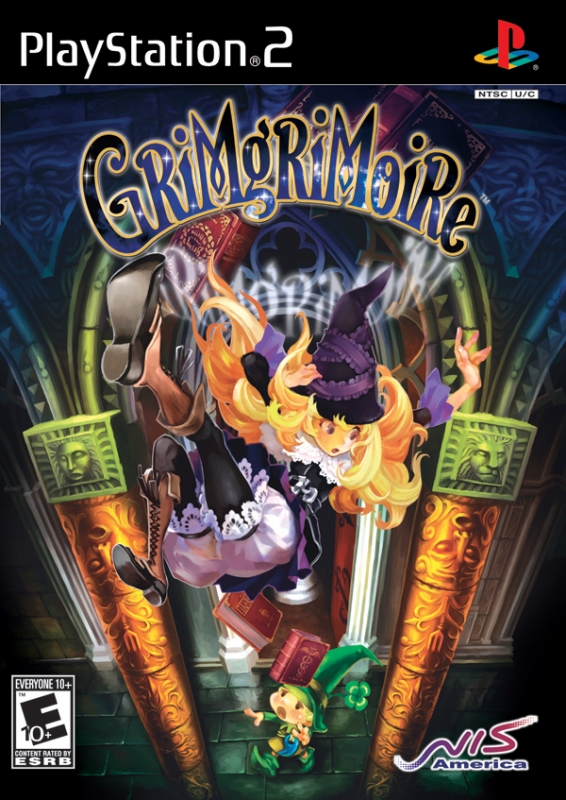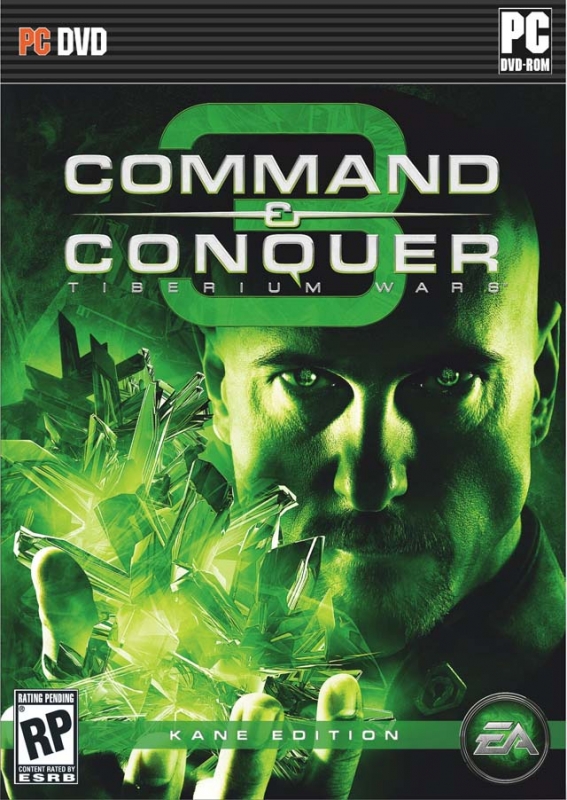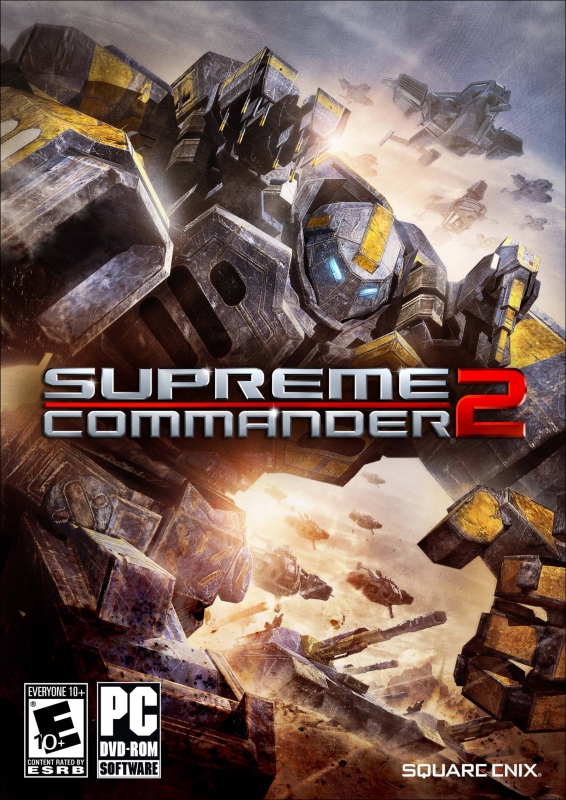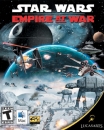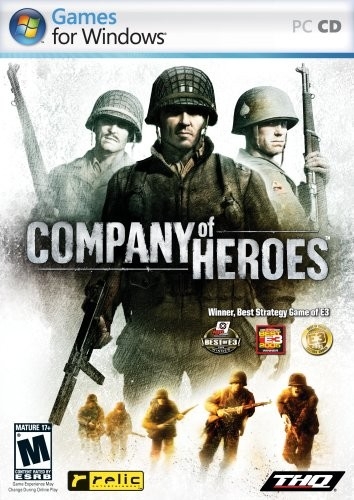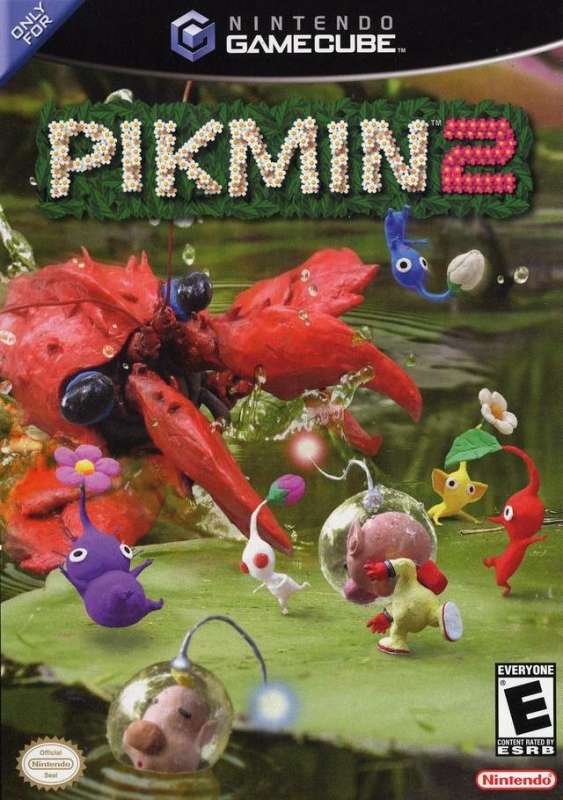
History of Real-Time Strategy: The Downfall (2004 - 2010) - Article
by Taneli Palola , posted on 09 May 2019 / 5,396 ViewsWhen I was putting together the outline for this article series, this was the time period that was the most difficult to categorize with any one defining description. While I ultimately decided to label the years between 2004 and 2010 as the period of decline for real-time strategy, that is only part of the story. There's no question that during these years the overall popularity of the genre took a significant hit, as most games within it specialized even further by adding new elements from other types of games into their gameplay loops and consequently became increasingly niche as the years wore on.
However, this doesn't in any way mean that the period was devoid of great games. Quite the contrary, in fact. Arguably some of the greatest RTS titles ever made came out around this time, and much of this was because many developers were increasingly familiar and comfortable with adding new twists and gameplay elements to the familiar formula. As such, even when the genre's popularity dwindled, many studios were still creating excellent and groundbreaking titles almost every year, just for a smaller audience than in years past.
Building Up to a Decline

By 2004 the landscape of PC gaming had drastically changed from the position it had been just a few years earlier, when real-time strategy titles were among the best-selling games on the platform. First-person shooters were becoming increasingly popular and the MMO space was about to explode in popularity off the back of World of WarCraft. Essentially, the genres that drove PC gaming were going through a drastic shift towards more mainstream tastes, and in that process the RTS was about to be left behind.
Unfortunately, many of the reasons for this stemmed from the games themselves. Real-time strategy as a genre was becoming more and more complex with every passing year, and as a result many people began to lose interest in it. Effectively, the games were becoming too hard to just pick up and play for a lot of people. There were perhaps more RTS games being made than ever before, but most of them were simply being aimed at an increasingly niche target audience that was constantly looking for games with more depth to their gameplay.
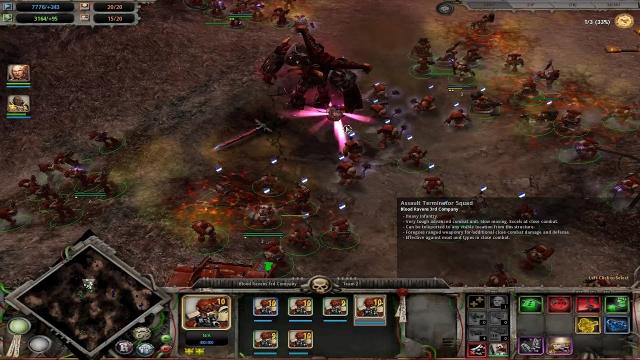
This issue would become increasingly prevalent over the coming decade, but just looking at the state of the genre in 2004 you probably wouldn't be able to see it coming. Relic Entertainment moved from one excellent title in Homeworld 2 the previous year to another when the team released arguably one of the best games based on a Games Workshop license - Warhammer 40,000: Dawn of War.
Dawn of War had some very good ideas of its own, focusing on capturing and controlling specific strategic points in the battlefield that provide resources to the side holding them, rather than constant sieging of enemy bases. It showed that there was definitely still life left in the genre, but at the same time it served as a clear indicator that real-time strategy was becoming increasingly complex and hard to enter for more casual players. The game and its expansions were nonetheless a huge success.
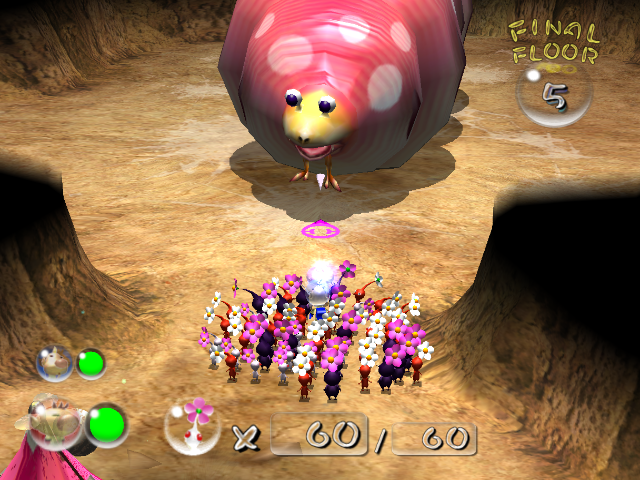
Of course, there was still more than enough variety left in the RTS space, it just often came from more unusual places. Even with the success of Pikmin a few years earlier, real-time strategy still hadn't really found its way onto consoles, but Nintendo obviously wasn't going to let that stop it from just doing its own thing anyway. Pikmin 2 was effectively more of what made the first game great, just more polished and varied in its gameplay and visuals, and that made for an overall better experience.
Among other notable titles released that year was Lord of the Rings: The Battle for Middle-Earth, another great example of using a licensed property to help craft a genuinely good game. It wasn't the deepest or the most ambitious RTS title around, but through impressive audiovisual design and fun, large-scale battles it was a highly enjoyable release at a time when too many real-time strategy games tended to be far too complicated for their own good.
This trend has effectively continued within the RTS genre ever since, with games constantly experimenting with new gameplay elements and mixing different gameplay styles and genres with real-time strategy. However, the boom period for the genre wasn't quite over yet, as 2005's Age of Empires III showed when it became the 8th best-selling PC game in the world that year.
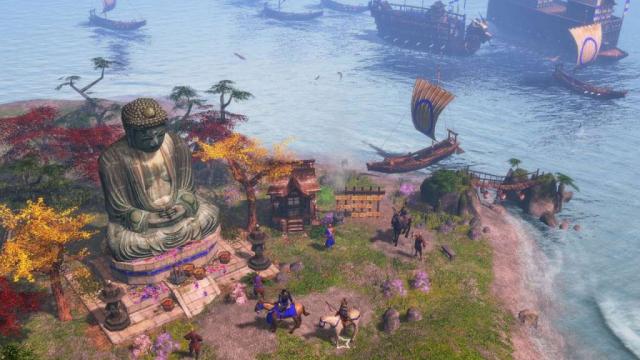
Unfortunately, this was also something of an illusion, as even though AoE III sold very well, it did so in a PC market that was significantly smaller than it had been the previous decade. PC gaming revenues had been steadily declining for years, while consoles were becoming bigger every year. For real-time strategy this was a huge problem, as it had historically worked quite poorly on consoles. This also meant that big publishers were increasingly apprehensive about investing a lot of money in a genre like real-time strategy.
Developers like Ensemble Studios and Relic Entertainment kept the genre afloat and looking healthy, with titles such as Age of Empires III (2005) and Company of Heroes (2006). With Company of Heroes Relic took the foundations laid out in Dawn of War and developed them further, using the ideas set forth in the team's previous title as a template for a game that struck a balance between tactical and strategic elements, from small choices such as which structures to occupy to massive battle-altering actions like keeping up supply lines.
Together with titles like Star Wars: Empire at War, The Lord of the Rings: The Battle for Middle-Earth II and Anno 1701 these games made it seem like the genre was doing just fine at the time, and even if the absolute peak of real-time strategy may have passed there was still no reason to assume that things would change in any drastic way.
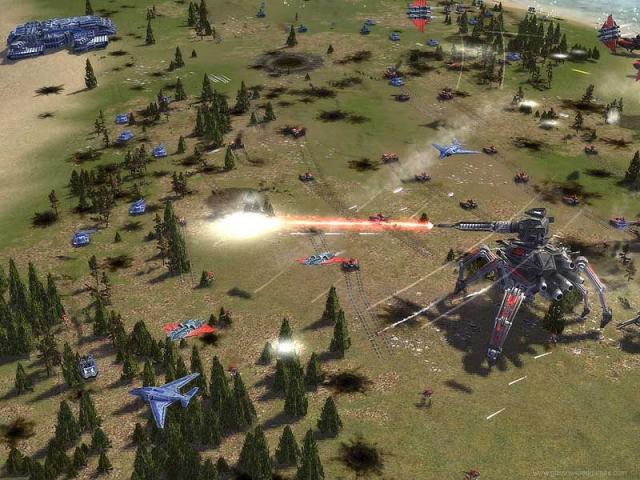
However, what at the time probably just seemed like a temporary lull was in fact just a residual high left-over from the earlier boom period, and this was about to come to an end very soon. The peak had passed a long time ago, and since then real-time strategy had largely thrived thanks to the momentum it had gained around the turn of the millennium. New great games were still coming out, but they weren't creating new fans at a fast enough rate to counter the number of people giving up and leaving the genre.
In an attempt to perhaps breathe new life into the genre Chris Taylor, the designer of the excellent Total Annihilation, had been working on a spiritual successor to his classic RTS title. According to Taylor modern real-time strategy had become closer to real-time tactics in both gameplay and scale, and with Supreme Commander he wanted to push the genre back towards strategy by making the game's scope so staggeringly vast that strategy would be the main focus by sheer necessity.
It was the kind of game that could be seen as the logical continuation of the large scale battles of Total Annihilation, just taken to the extreme, and for the most part Supreme Commander was a resounding success. It achieved practically everything that Taylor had set out to do with the game, but fell short on one element. Just like many other RTS titles of the time it was a very difficult game to learn and master and, as such, despite being generally regarded as a very high quality release, it did nothing to stop or slow down the declining popularity of the genre.
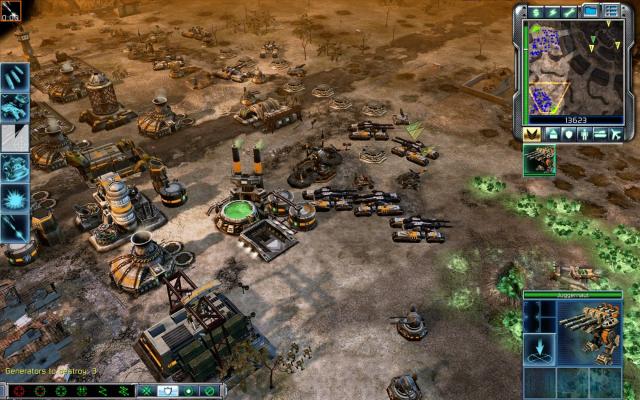
That same year saw some other notable and interesting releases as well, such as the first new proper Command & Conquer title since Westwood's closure back in 2003. Command & Conquer 3: Tiberium Wars did a good job at capturing the essence of what had made the series popular, but it didn't really offer fans anything new besides the tried and true template that had served as the foundation for the series since the beginning.
Therein lies much of the issue real-time strategy was desperately struggling with at the time. The genre was simultaneously becoming both stagnant and overly complex. Classic style RTS games hadn't evolved or brought enough new ideas to keep more casual fans engaged, and more modern games were becoming increasingly difficult and hostile for new and less skilled players to get into. It was becoming a huge issue - one that nobody really seemed to be able to solve.
Another unsolved issue that still remained was how to make real-time strategy work on consoles. 2007 saw another interesting, if flawed attempt at finding a solution in the form of Vanillaware's GrimGrimoire on the PS2. Unfortunately, it never caught on and today it's more of a curiosity among Vanillaware's output than anything else.
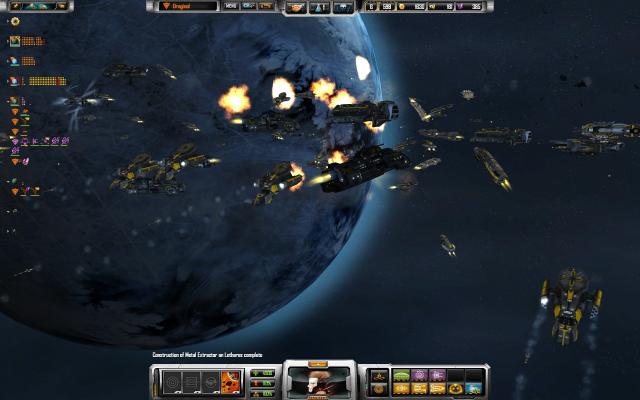
As 2007 came to a close so did the residual boom period for real-time strategy, as the number of new titles released each year crashed down. The decline had actually been relatively slow over the previous few years, but 2008 proved to be the watershed moment after which the genre has never again reached the same heights it once did. The quality was still there, as titles like World in Conflict (2007), Command & Conquer: Red Alert 3 (2008) and Sins of a Solar Empire (2008) showed, but games like these were becoming increasingly rare as video game companies migrated towards more lucrative genres.
Even though there were definite bright spots every year, the gradual decline showed no signs of stopping any time soon, and in 2009 it claimed another studio that had been instrumental in the genre's development and success in the late 90s and early 2000s. Ensemble Studios had carved out a very comfortable place for itself within the RTS space with its Age of Empires franchise and under Microsoft's ownership it seemed like Ensemble was safe from any threat of closure.
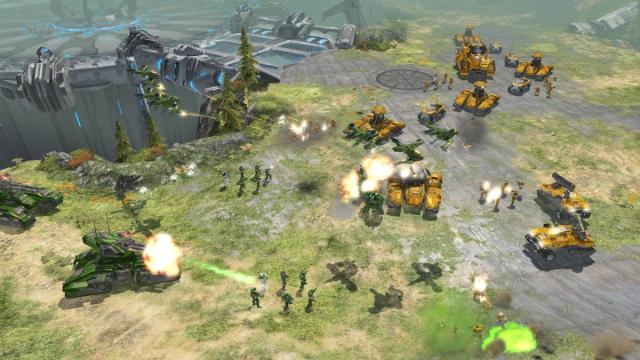
Over the previous few years the company had released Age of Empires III and two well received expansions to the game, and at the time people learned of the studio's imminent closure Ensemble was busy at work on another very high profile title for the Xbox 360 – Halo Wars. Despite the studio's continued critical and financial success over the preceding decade and its then-current project being a part of one of the biggest video game franchises around at the time, the developer's doors were closed in early 2009 once work on Halo Wars was finished.
As a game Halo Wars was up to that point quite possibly the most successful attempt at making a console RTS work properly, with the arguable exception of Pikmin, though the aim and styles of the two games were naturally very different. It's just a shame that it also served as the swan song for Ensemble Studios, bringing an end to another venerated studio that had shaped the face of real-time strategy. Outside of Halo Wars, the most notable RTS release of the year was most likely Warhammer 40,000: Dawn of War II.
By 2010 it was no longer in any doubt that real-time strategy as a genre was well past its peak and hurtling downwards at an increasingly accelerating pace, at least in terms of popularity among the general gaming populace. The number of new releases was decreasing almost every year, to the point that in the year 2000 alone more RTS games were released than there were between 2011 and 2014 combined, but we'll talk more about that time period next time.
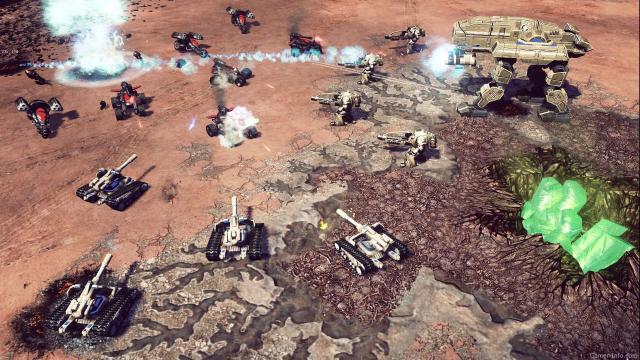
2010 was, for better or worse, the year of the sequel for real-time strategy. The first notable release of the year was Gas Powered Games' Supreme Commander 2, which did a very good job of fixing the accessibility issues of the first game by making it much easier to pick up and play. Unfortunately, the people who actually cared about the game and were going to buy it generally didn't want these kinds of changes to the series, and as a result it was seen as an overall weaker title than the first game.
Another big title that came out around the same time was Command & Conquer 4: Tiberian Twilight, which did little for the long-running series other than finally put it out of its misery. EA Los Angeles effectively changed the entire gameplay style that the series had been known for, but failed to actually make the new style interesting or exciting, leaving both old fans and any potential new players dissatisfied.
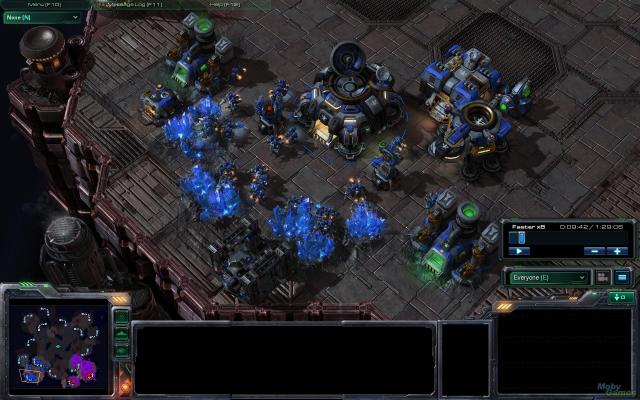
However, there was no question which game was the most anticipated real-time strategy game of the year. After 12 years Blizzard was finally returning to the StarCraft universe with StarCraft II: Wings of Liberty, releasing it to critical acclaim and massive commercial success. By the end of 2010 Wings of Liberty had already sold almost 4.5 million copies worldwide, and it has sold at a fairly consistent pace ever since, at least until 2017 when it was made completely free for everyone as part of the game's rebranding as a free-to-play title.
The future of real-time strategy was looking rather bleak as 2010 drew to a close. The big games were still keeping the genre afloat, at least for the moment, but we haven't even hit the lowest point yet; the spiral will continue downwards when we return next time with the final part of this retrospective. However, there may still be some hope left at the end of this story, and maybe even a resurgence waiting somewhere down the line.
Sources:
- Chris Taylor Interview (Gamespy)
- The History of Real-Time Strategy Games (Ars Technica)
- 1001 Video Hames You Must Play Before You Die
More Articles
The years after Battle for Middle Earth 2 and Empire At War were basically where me and few friends got really into mods for our RTS games. Without mods I doubt we would have played any RTS games until at least 2016, with the exception of one friend who had a good enough computer to play Starcraft 2 when it came out (and the hd version of age of empires 2 that we all still play).
Very interesting read. I do agree that at this point in time the shift in genre popularity on PC really hurt the genre, as well as the rate of the platform's growth. I think that, with more and more new players prefering other genres and the traditional RTS fans asking for more and more complexity, the genre was split in many pieces. It was too complex to get enough atention for casual play and increasingly simple in the eyes of the fans. With this two problems pulling in different directions, the games shifted into more specialized titles (Turn Based Strategy, Economy Management, Tactical RPG...) leaving regular RTS in an akward middle of the road spot.








